Version 9.0 of the Field Indicators of Hydric Soils
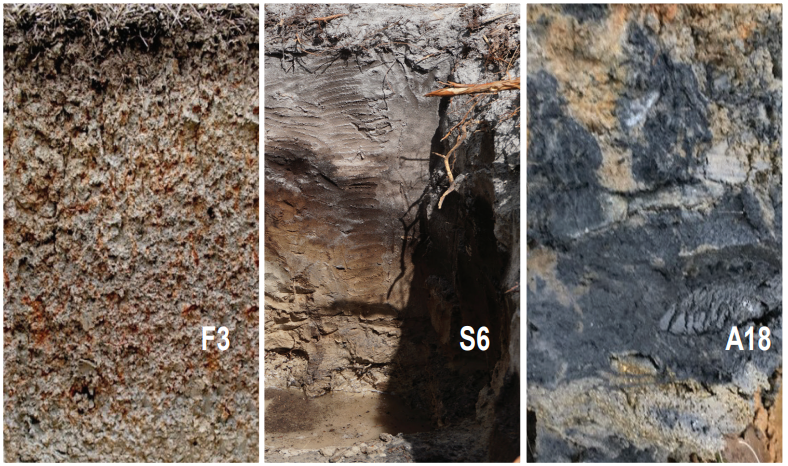
Towards the end of 2024, the USDA-NRCS released version 9.0 of the Field Indicators of Hydric Soils in the United States, which included some updates approved by the National Technical Committee for Hydric Soils. That document is available for download through the link below or by searching “Hydric Soil Indicators” in your favorite search engine.
Field Indicators of Hydric Soils in the United States, version 9.0
With every new version, the first question everyone has is “What changed”?
The biggest thing to report is the addition of a new indicator; A18 – Iron Monosulfides
So what’s this new indicator all about? First, this indicator is for use in all LRRs, which means you can use it anywhere, so it potentially affects everyone who identifies hydric soils. The indicator language reads:
“Positive identification of dark-gray or black iron monosulfide concentrations with value of 4 or less and chroma of 2 or less, starting at a depth of 25 cm (10 inches) or less from the soil surface.”
Great! But what does that mean to people who don’t wear lab coats?
Well, it means you’re going to see some black colors in your freshly excavated soil that will then become less dark with exposure to air. That’s really the key here, the relatively rapid change in color. Organic matter can also present as dark black colors, but it does not oxidize that rapidly and will stay black. Iron monosulfides will oxidize quickly and therefore go from black to lighter shades (in soil science nerd jargon that means the value will increase at least one color chip). Figure 21 from the Field Indicators books does a great job showing this change. The left side (A) shows the soil upon excavation. The right side (B) shows the same soil after oxidation of the iron monosulfides. Notice how the black areas essentially go away in picture B.
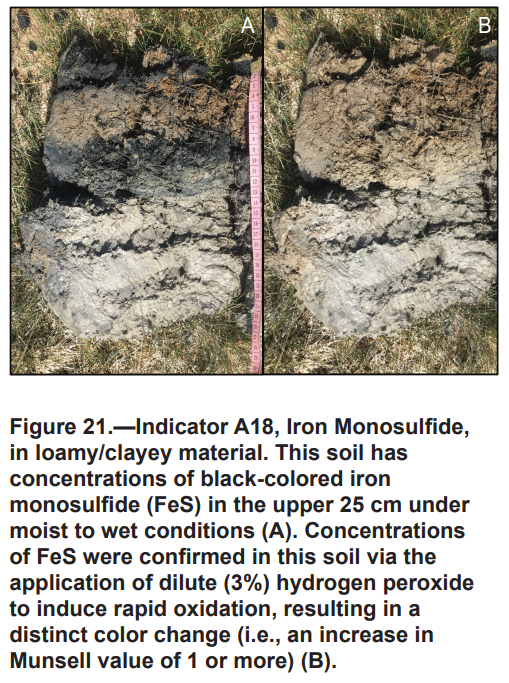
Not going to lie, this indicator gets into some nitty gritty stuff, but luckily they included a nice flow chart in the glossary that walks you through positive identification of FeS. That chart is shown below.
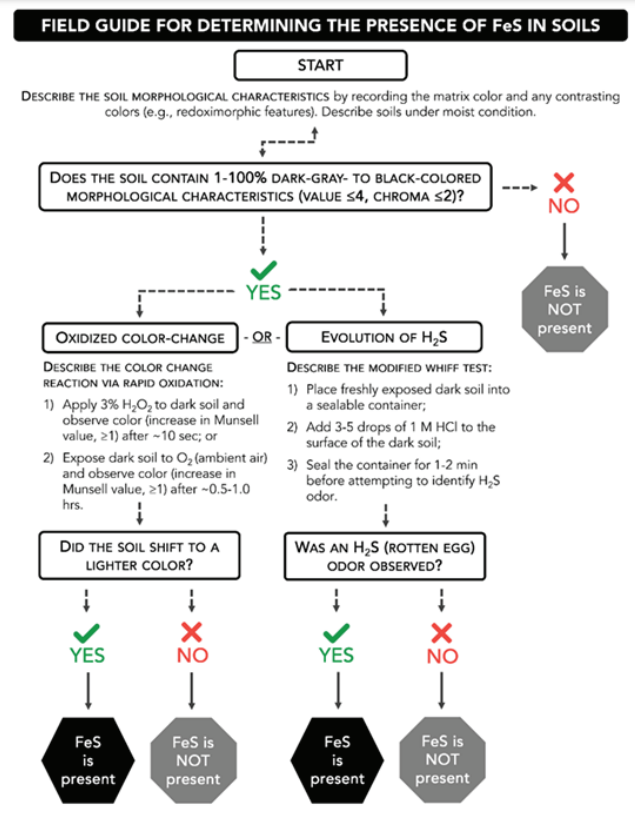
A18 was definitely the big splash, but there were a few other things to note with this version as well. The Test Indicators section is no longer present. Some of the old Test indicators have been incorporated into A, S, or F indicators, while others didn’t pan out, and still others will be incorporated into a forthcoming “Problematic Soils” document. We’ll let you all know when that document goes live.
There were myriad other small changes to the text of other indicators to make application more clear and easier for the practitioner. Soil Hub publishes a Hydric Soil Indicator App that is free to use. We’ve incorporated all the version 9.0 changes already. You can get that App completely free in your favorite app store by searching “hydric soil”. We’ve also included links below.
One final, and very important item to keep in mind. The changes in version 9.0 of the Field Indicators for Hydric Soils have not been incorporated in any of the ACOE Regional Supplements as of the date of this blog post. The Regional Supplements list the hydric soil indicators that can be used, but it also states to refer to the latest version of the Field Indicators document. If you’re reading hydric soil indicator criteria in the Regional Supplements, you are not reading the most up-to-date language. That’s why we recommend going directly to the Field Indicators or using other resources like our Hydric Soil App to make sure you’re using the correct version.
There’s no constant but change, and that certainly applies to the science of the hydric soil indicators. I encourage you to read through the new version to familiarize yourself with the latest and greatest from the NTCHS.



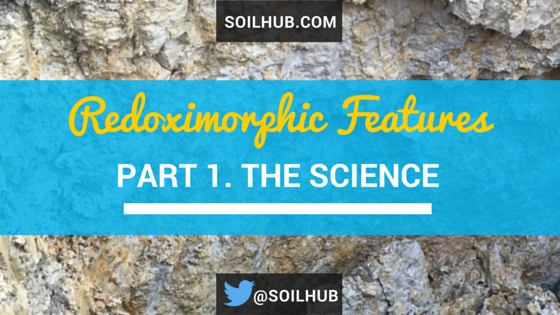
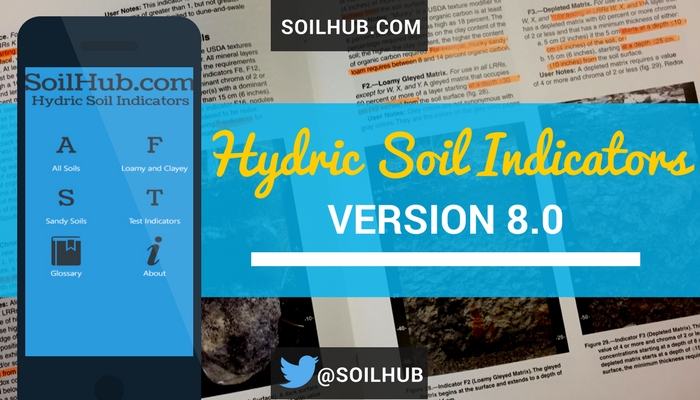

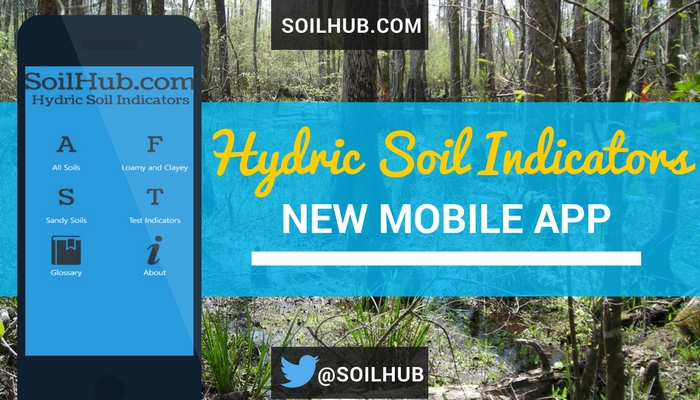
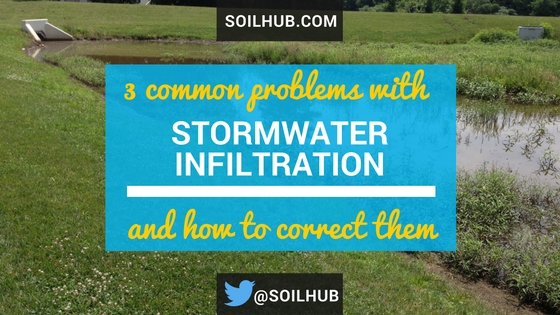
Responses